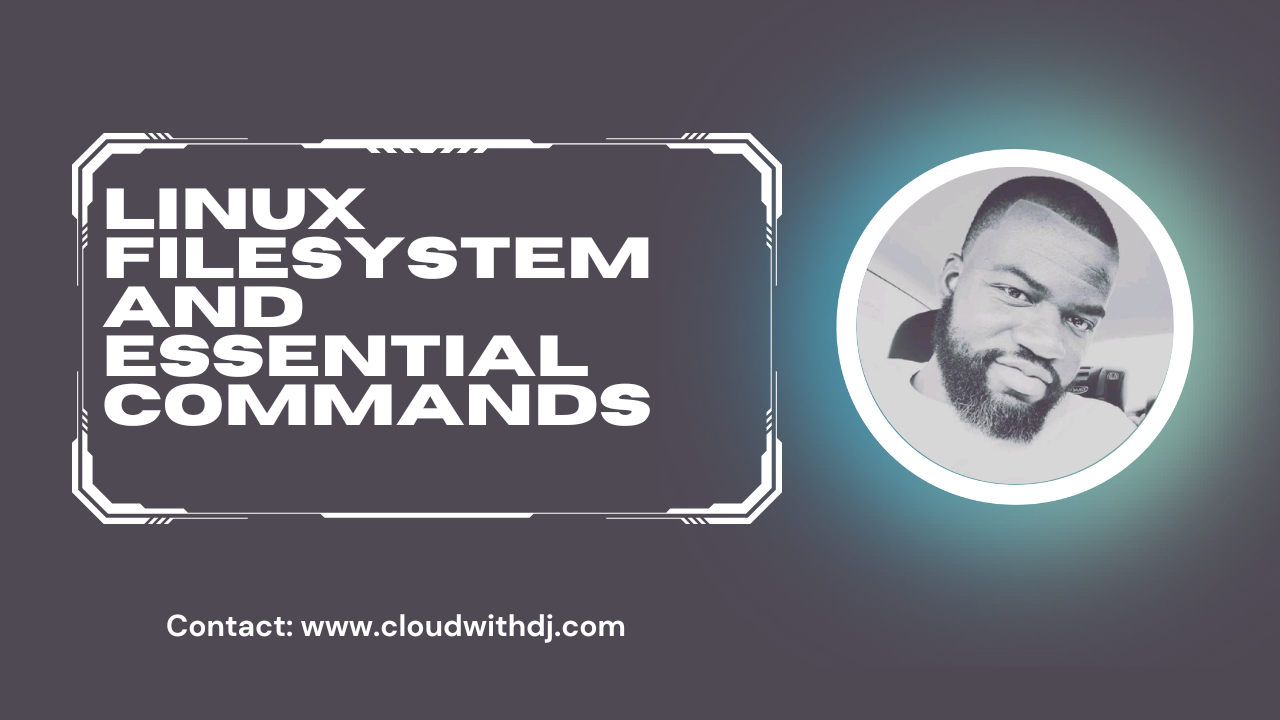As a cloud engineer, having a strong command over Linux filesystems and essential commands is crucial for managing your cloud instances effectively.
Let’s explore the Linux filesystem hierarchy and introduced key commands that will help you navigate and manipulate your Linux-based cloud environments. By mastering these basics, you’ll be better equipped to handle the complexities of cloud engineering in a Linux environment.
Linux Filesystem Hierarchy
Linux organizes its filesystem in a hierarchical structure that starts with the root directory ‘/’. Understanding this structure is essential for efficiently navigating and managing your cloud instances:
- Root Directory (/): the top-level directory where everything in Linux begins.
- /bin: contains essential system binaries and commands.
- /etc: houses system-wide configuration files.
- /home: user home directories are typically located here.
- /var: Stores variable data like logs, databases, and spool files.
- /usr: contains user binaries, libraries, and documentation.
- /tmp: temporary directory for storing temporary files.
- /dev: contains device files for hardware devices.
- /proc: virtual filesystem that provides information about system processes and kernel.
Essential Linux Commands
Below are some Linux commands that will be invaluable in your role as a cloud engineer:
- ls (List): this command is used to list files and directories in a directory.
- cd (Change Directory): is used to change your current directory.
- pwd (Print Working Directory): displays your current working directory.
- mkdir (Make Directory): is used to create new directories.
- rm (Remove): is used to remove files and directories. Be cautious with this command, as it can permanently delete files. Use ‘rm -r’ to delete directories and their contents.
- cp (Copy): allows you to copy files and directories.
- mv (Move): moves files and directories from one location to another. It’s also used to rename files and directories.
- cat (Concatenate): is used to view and concatenate files.
- grep (Global Regular Expression Print): ‘grep’ is a powerful tool for searching text. For example, ‘grep keyword file.txt’ will display lines containing ‘keyword’ in ‘file.txt’.
- chmod (Change Mode): ‘chmod’ is used to change file permissions. This is important for securing your system.
Cloud engineering often involve managing and interacting with Linux-based systems in the cloud environment. To effectively navigate and work with these systems, it’s crucial to have a strong understanding of Linux filesystems and commands.


Leave a Reply